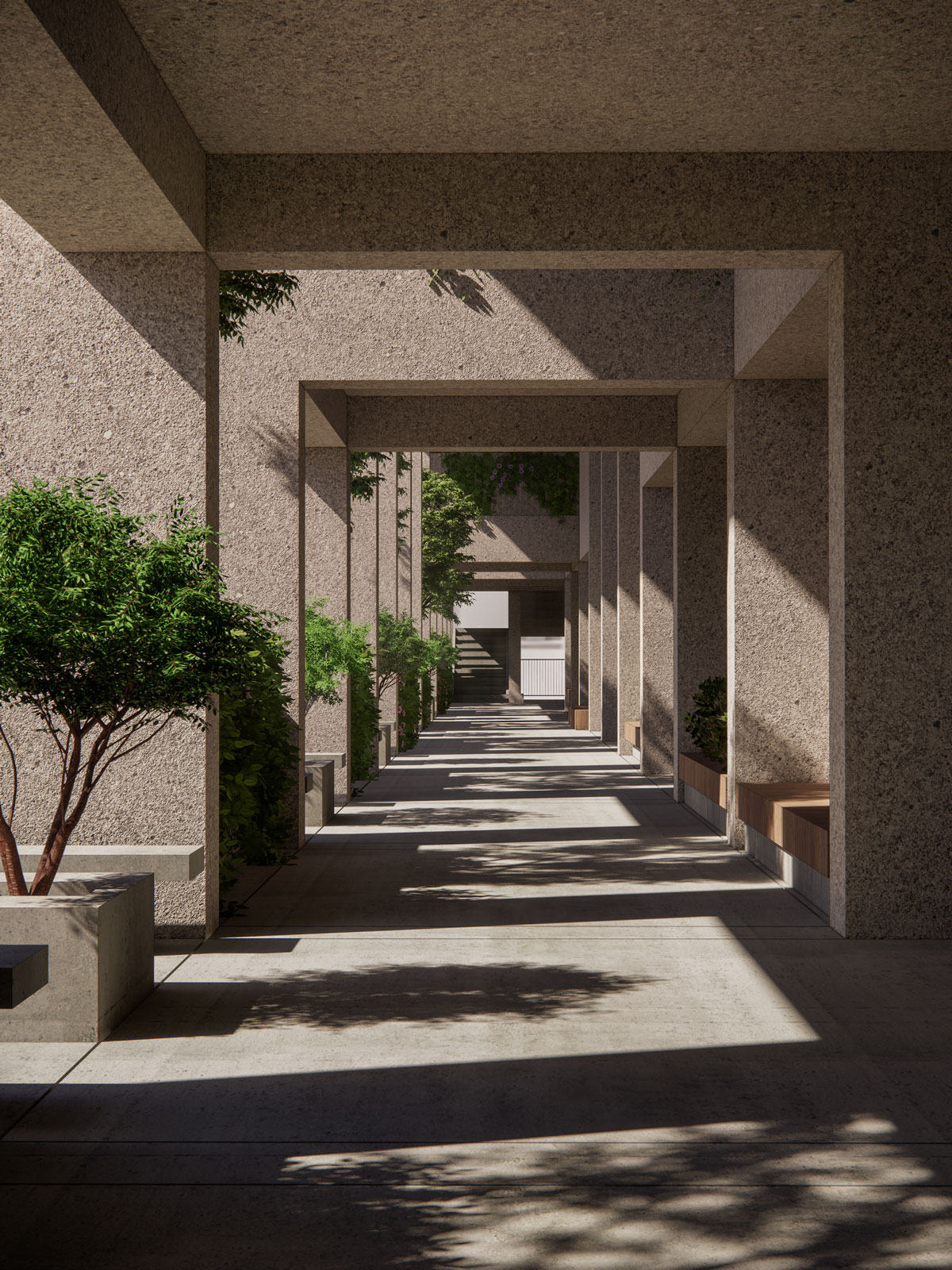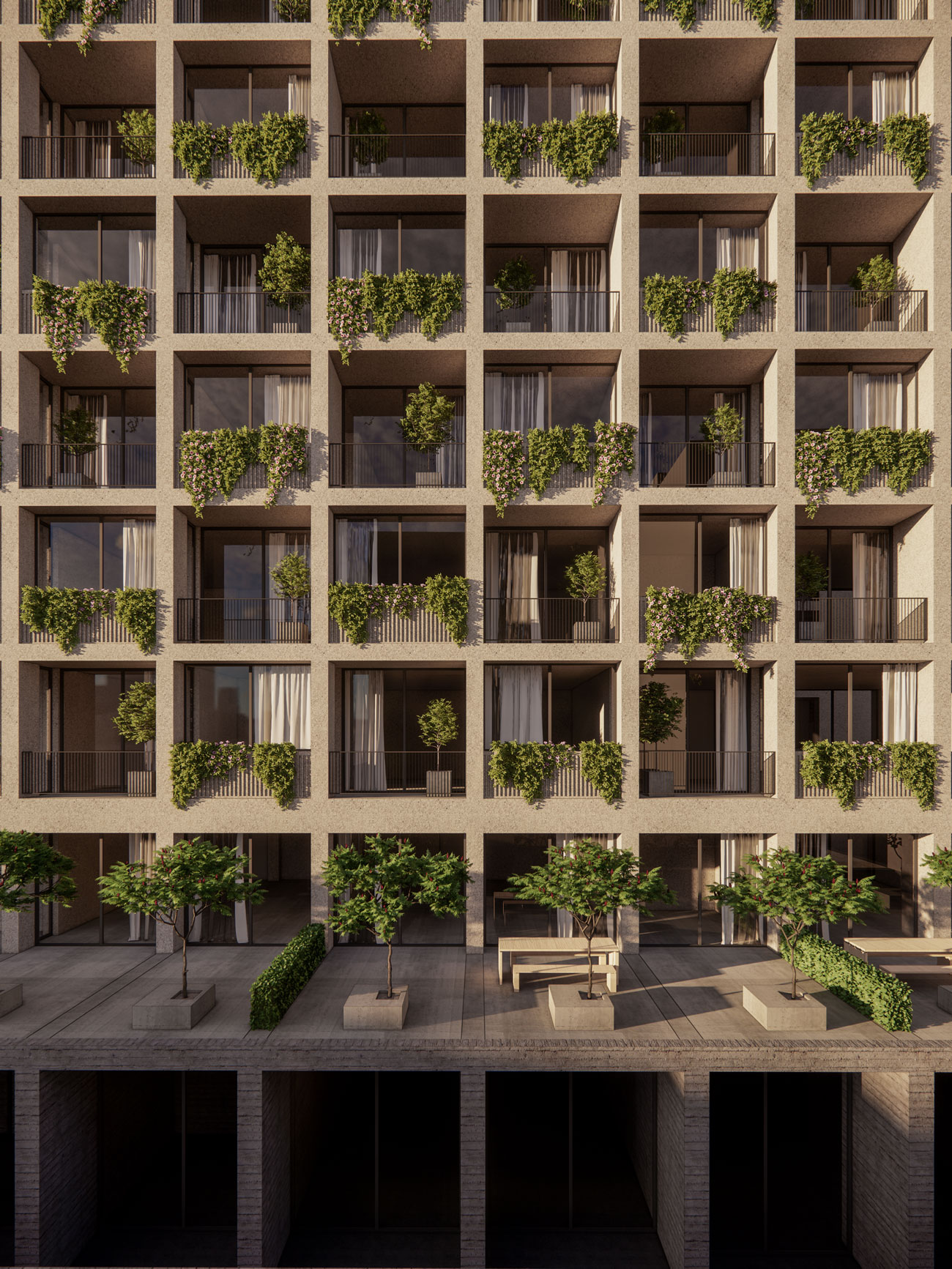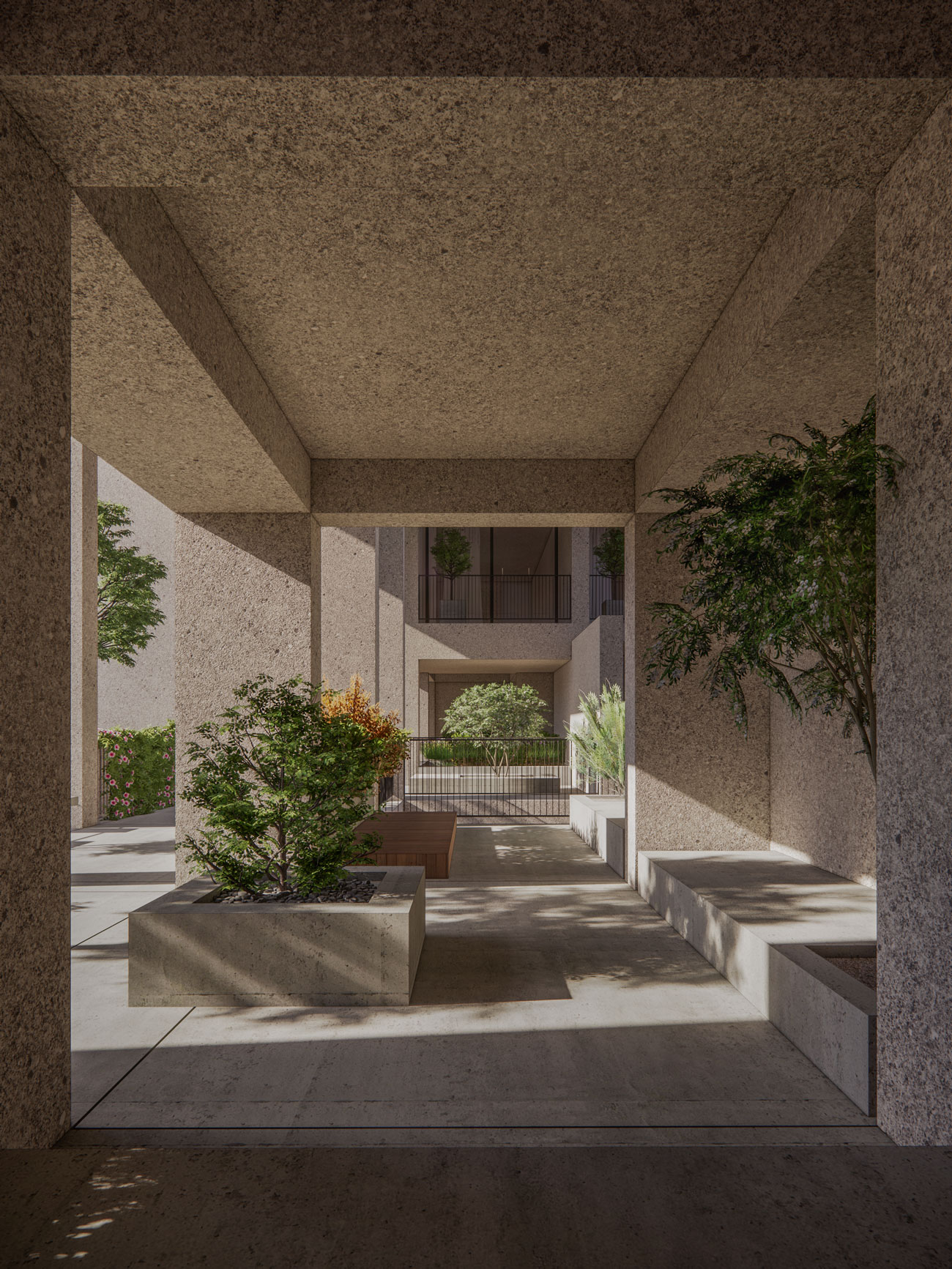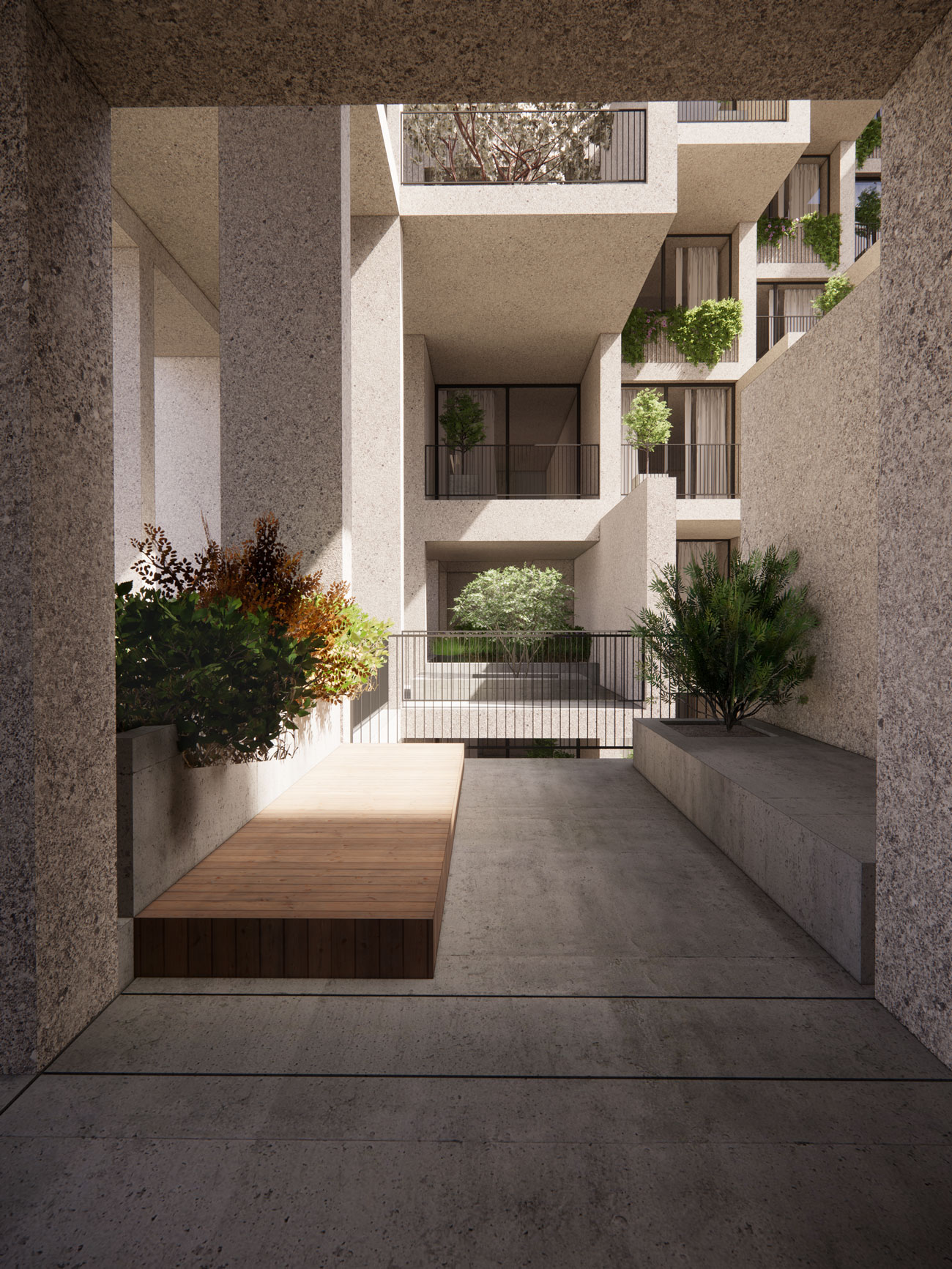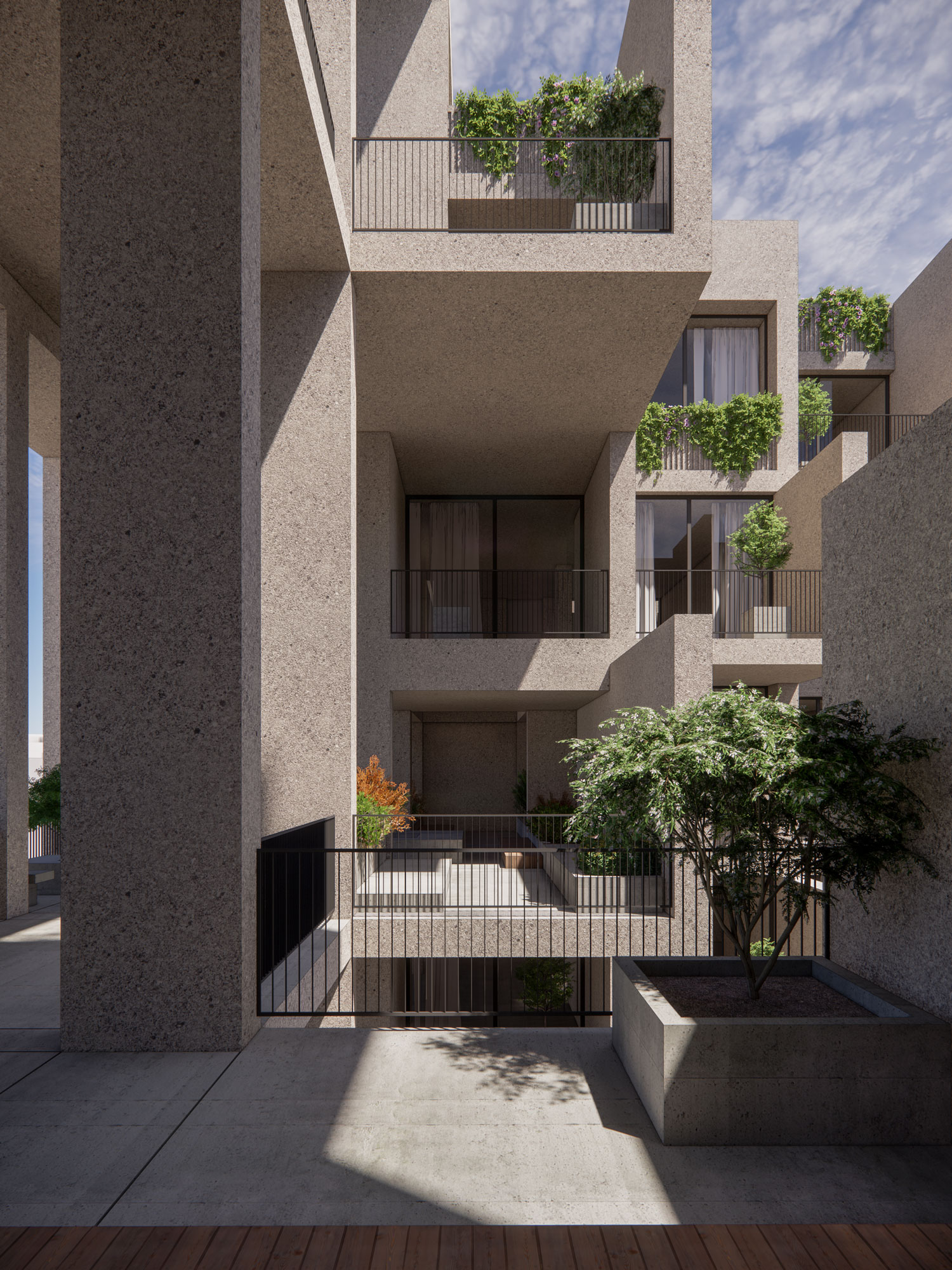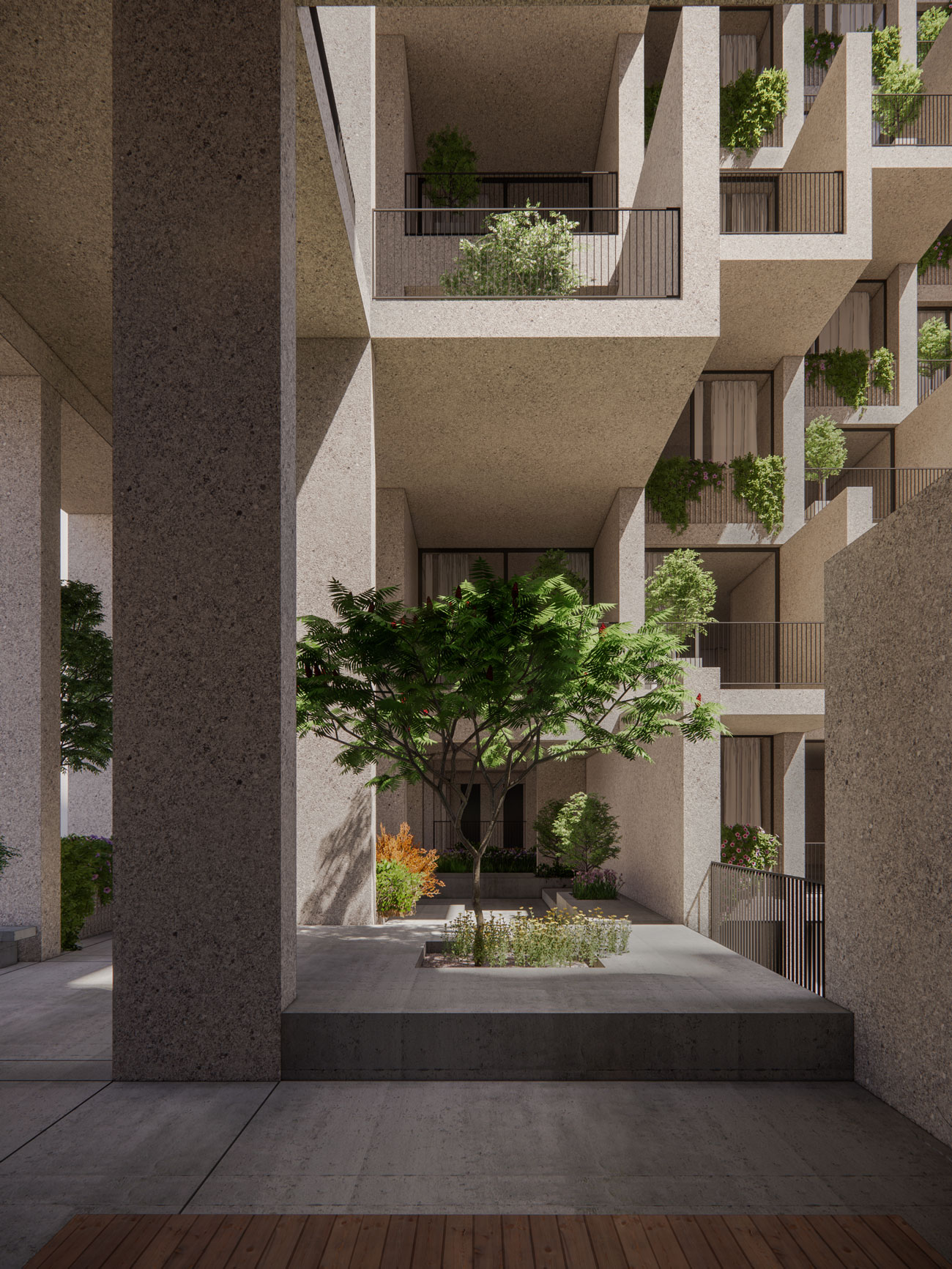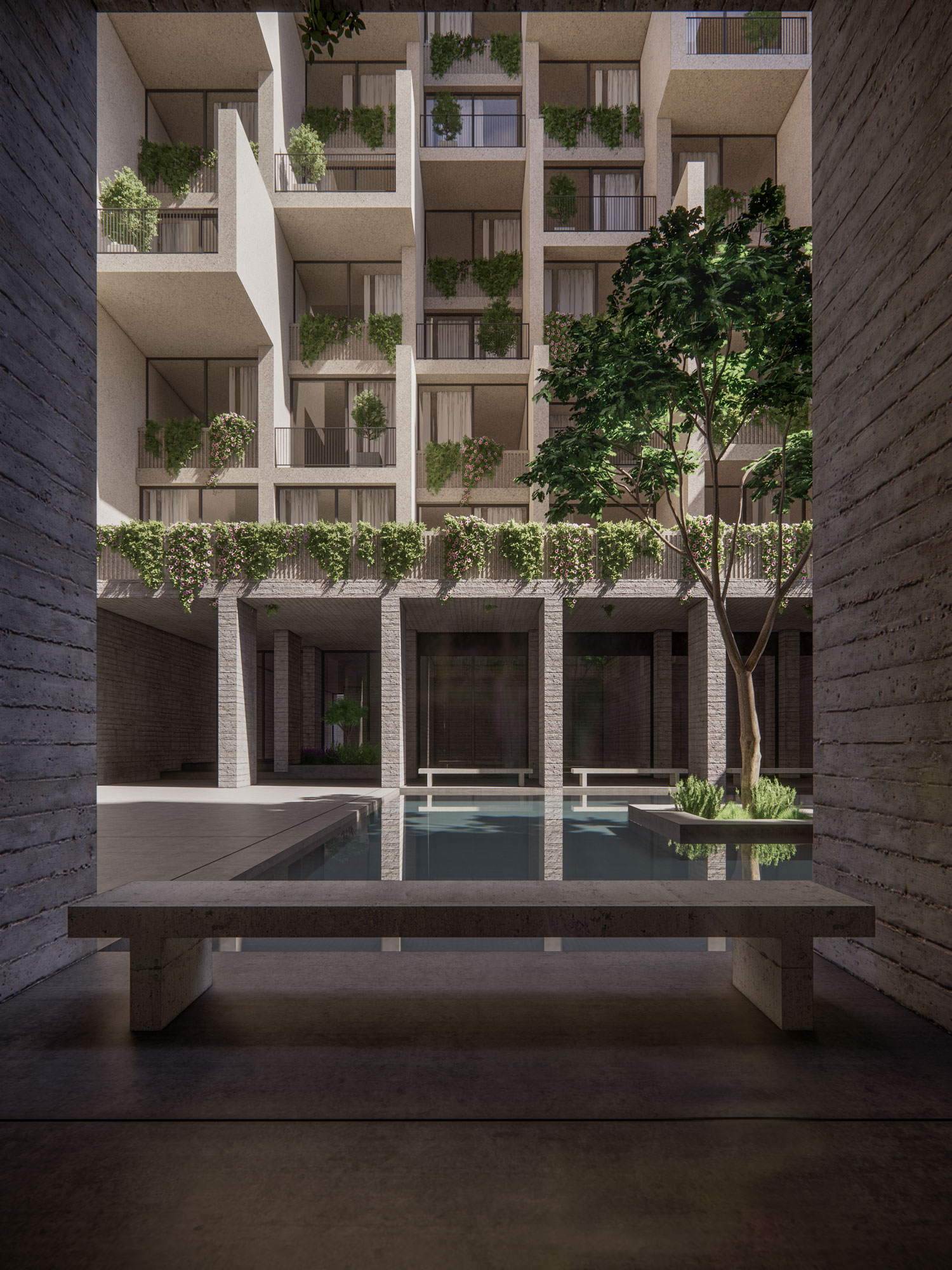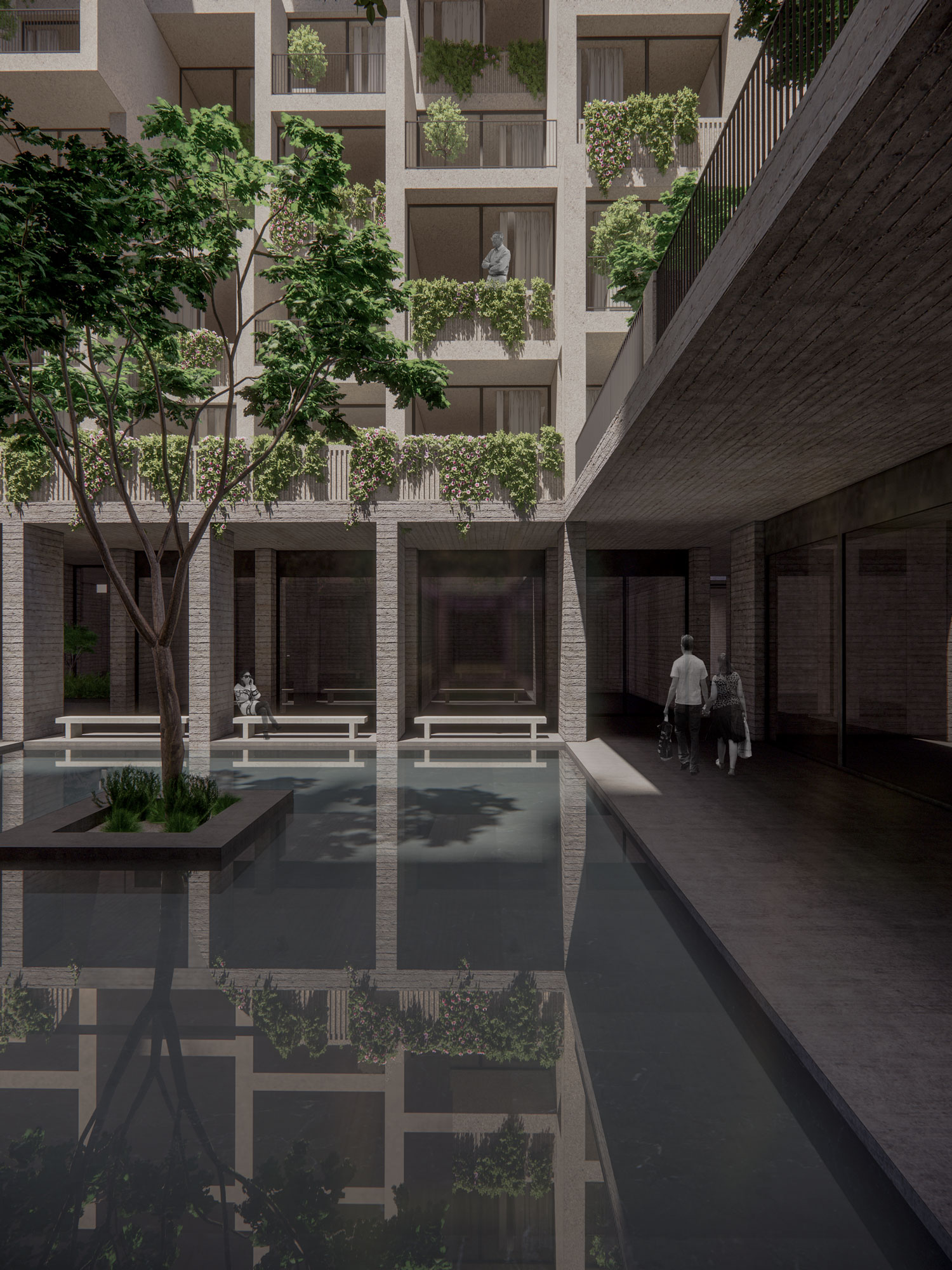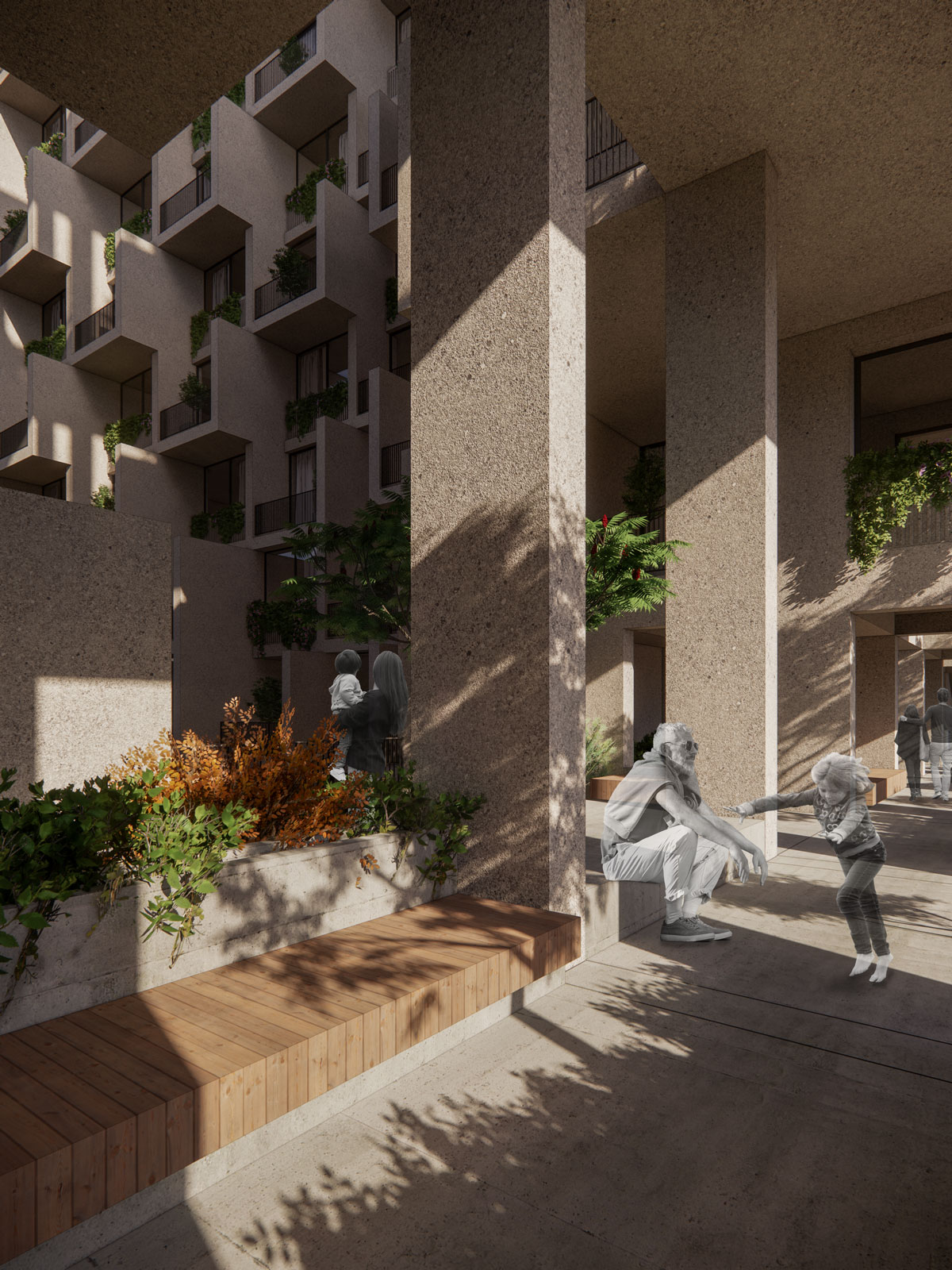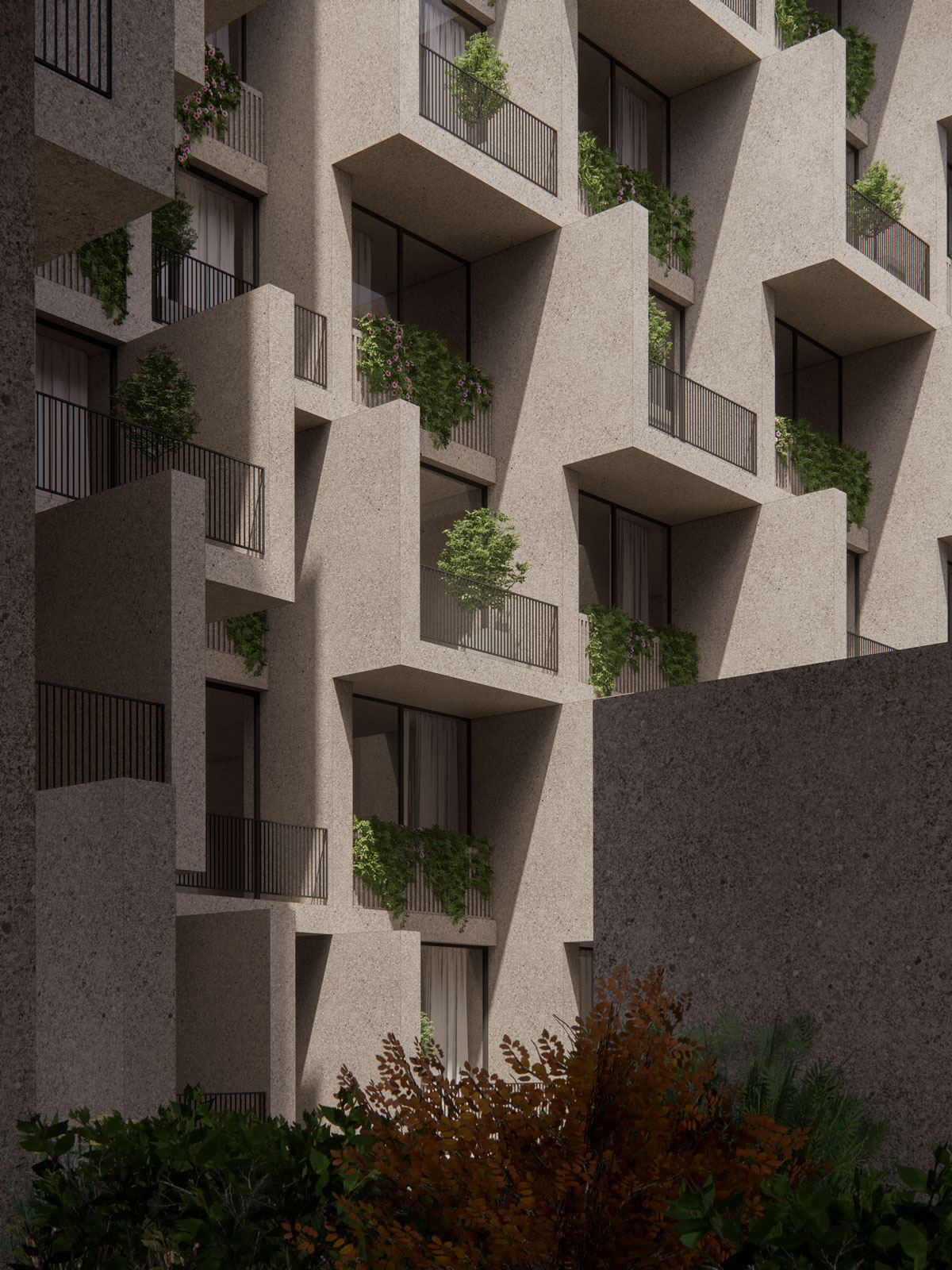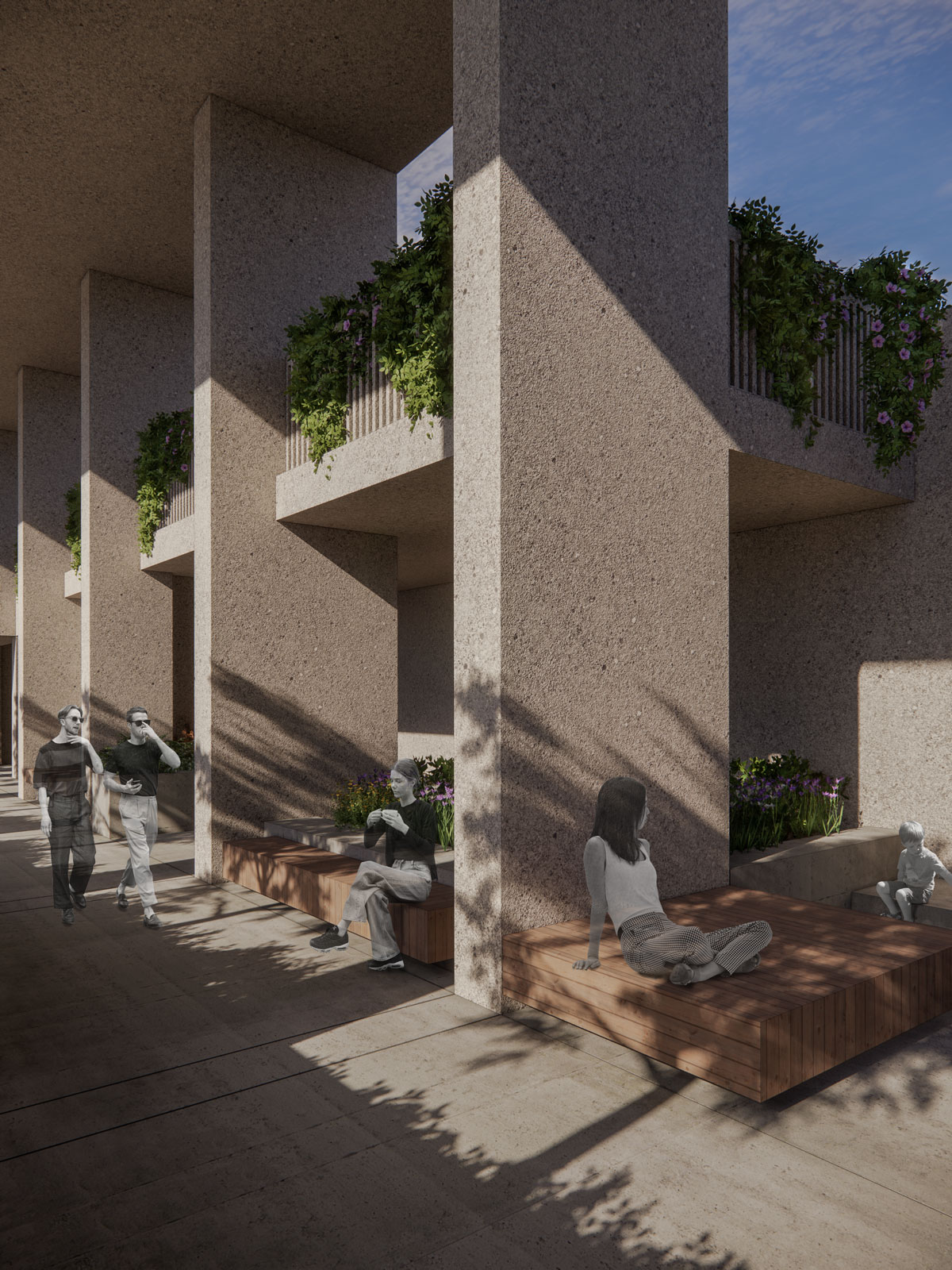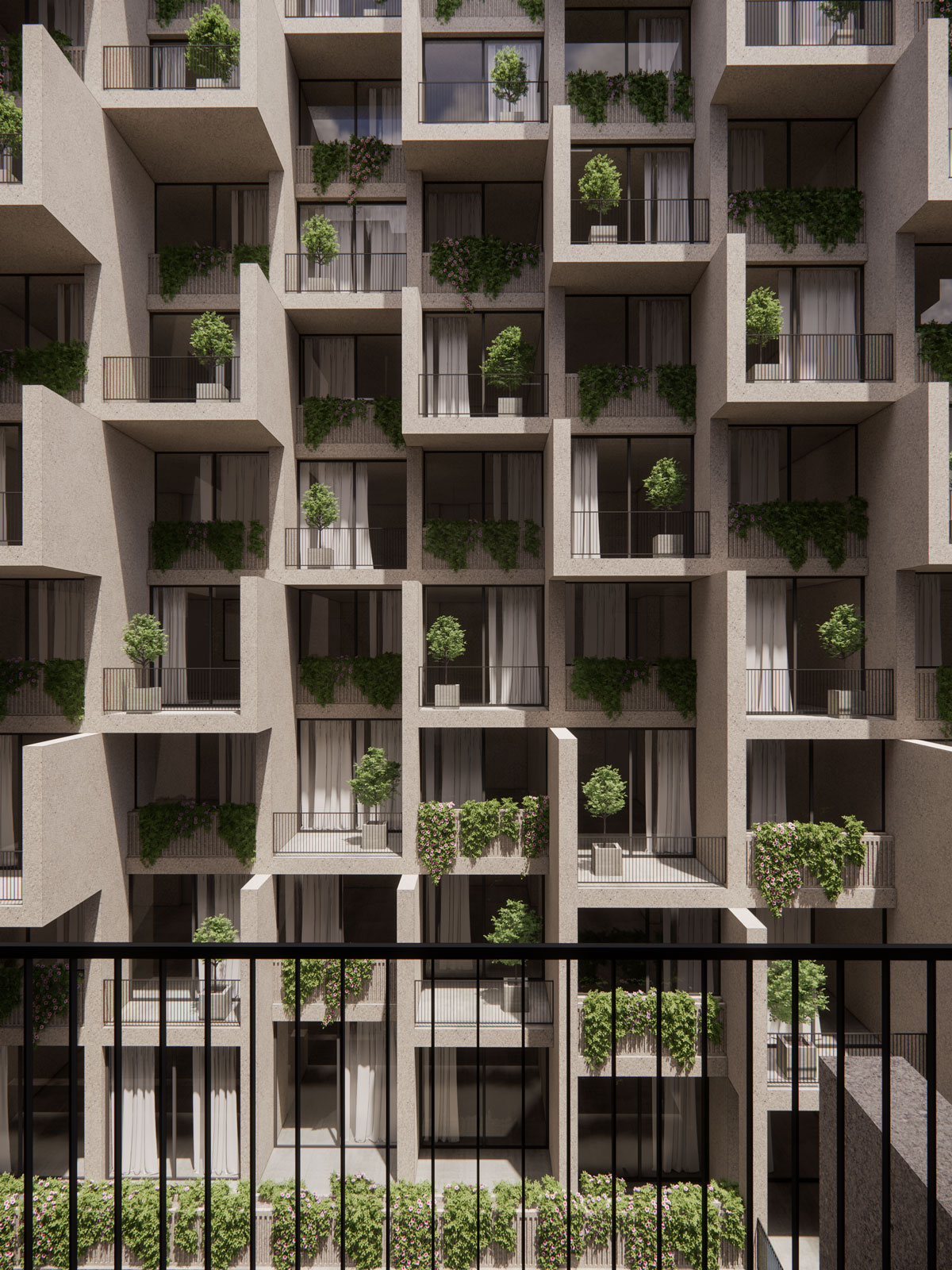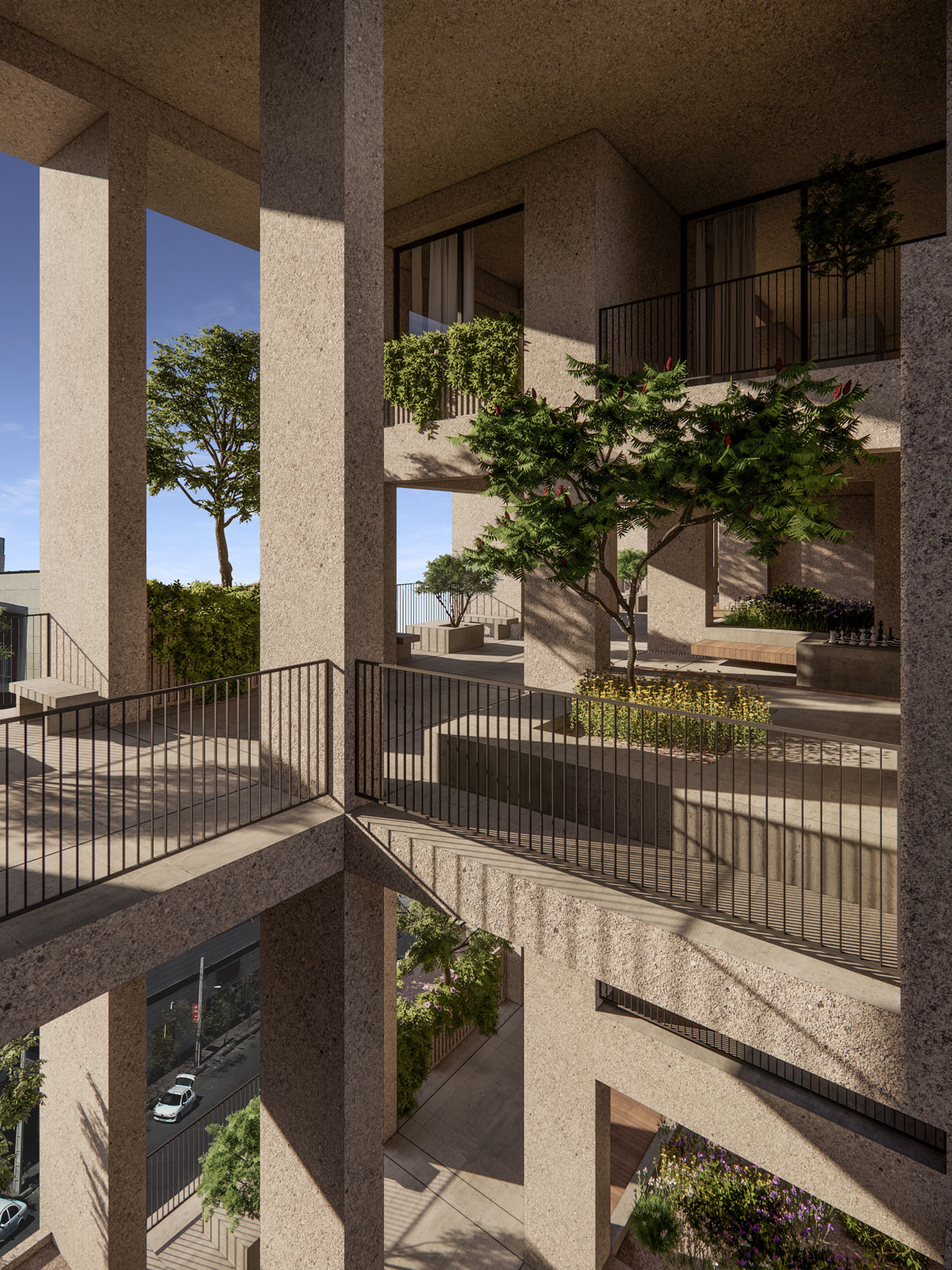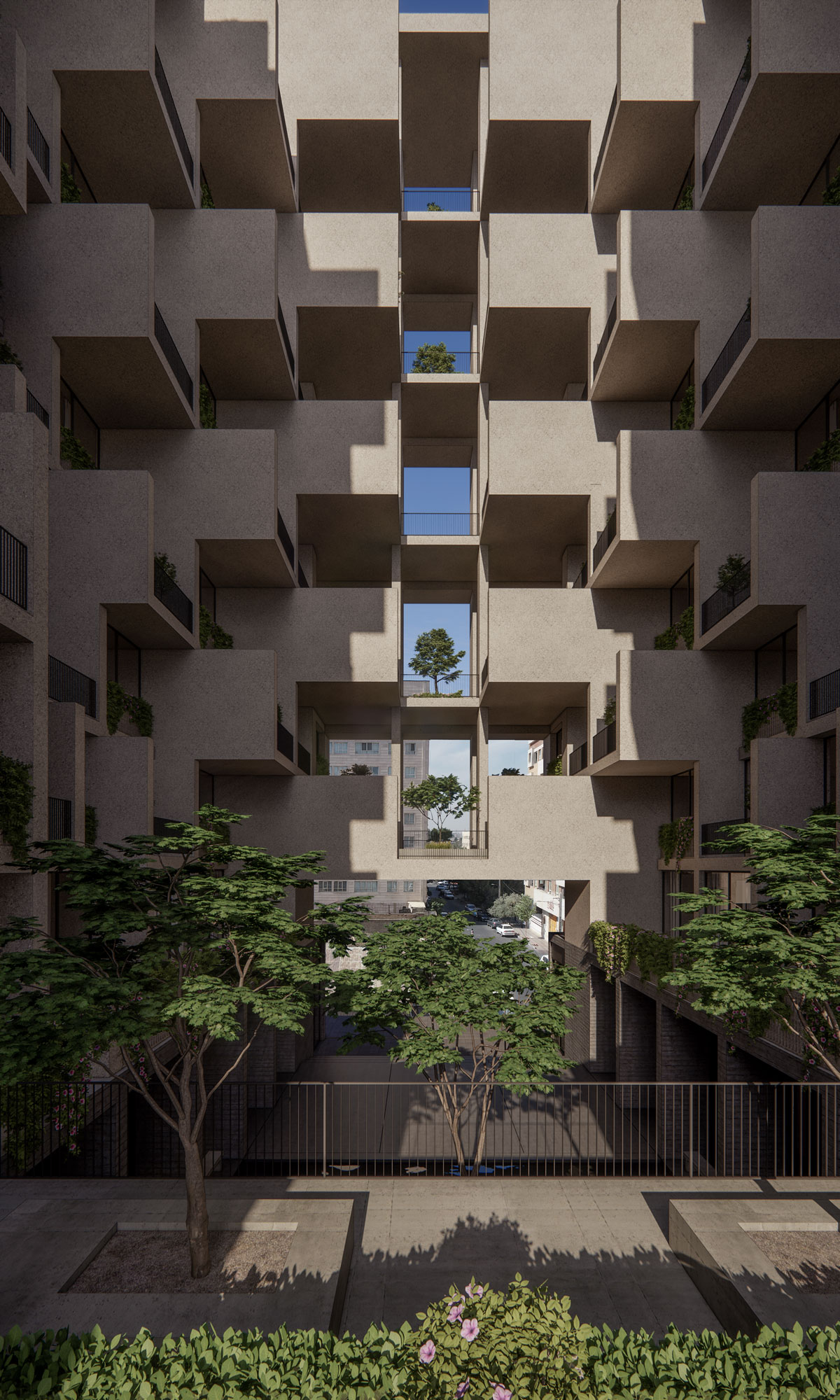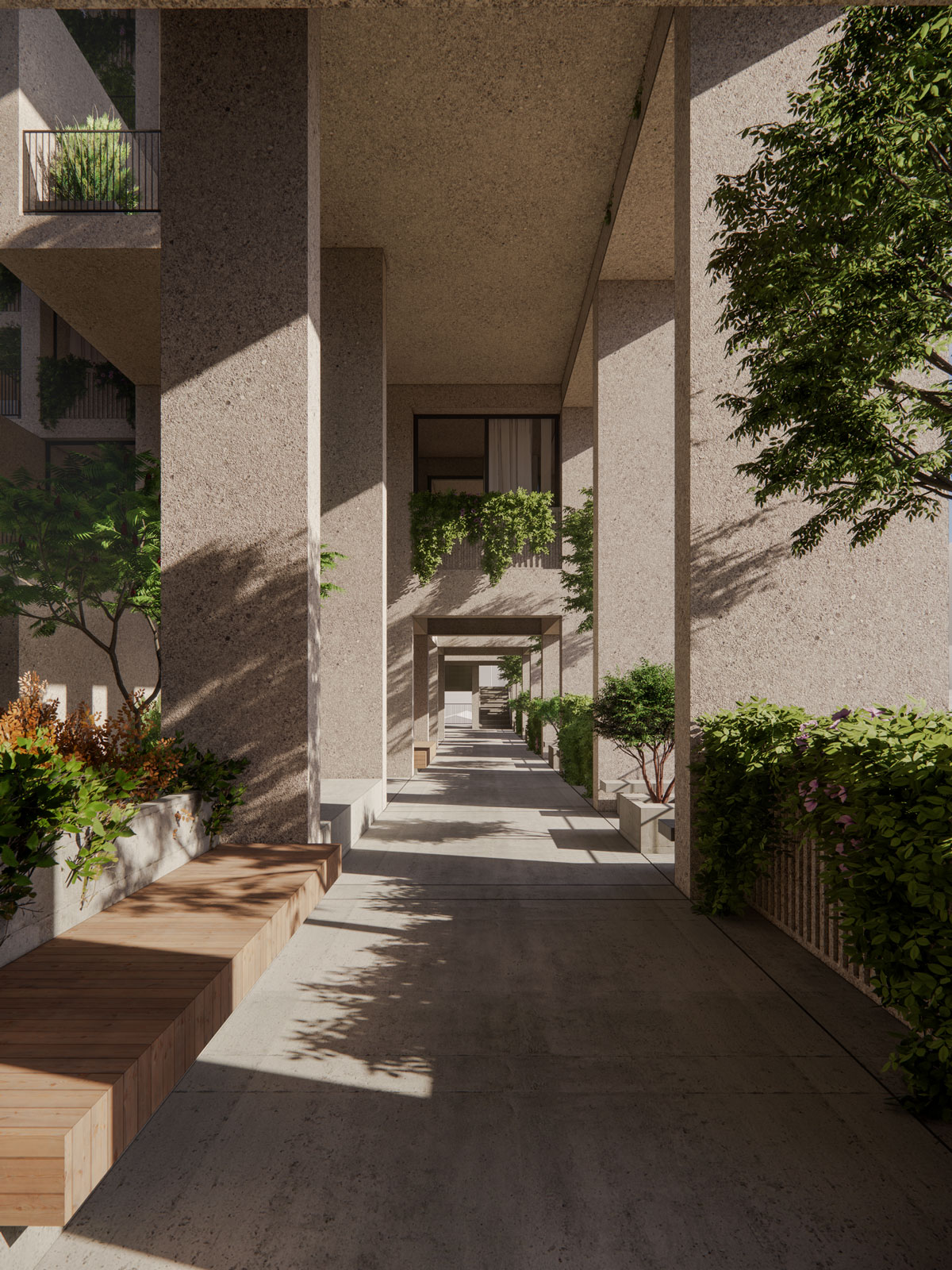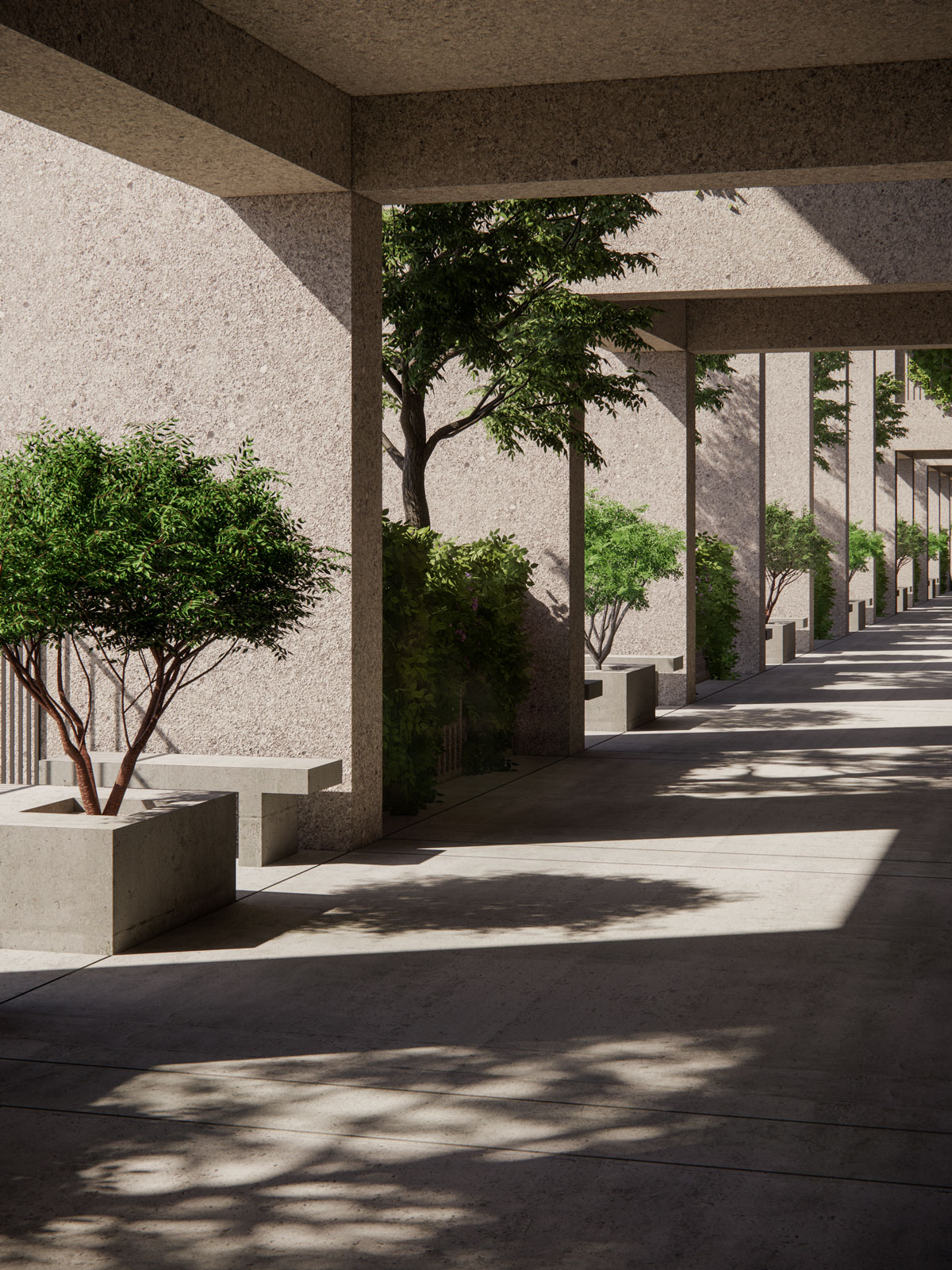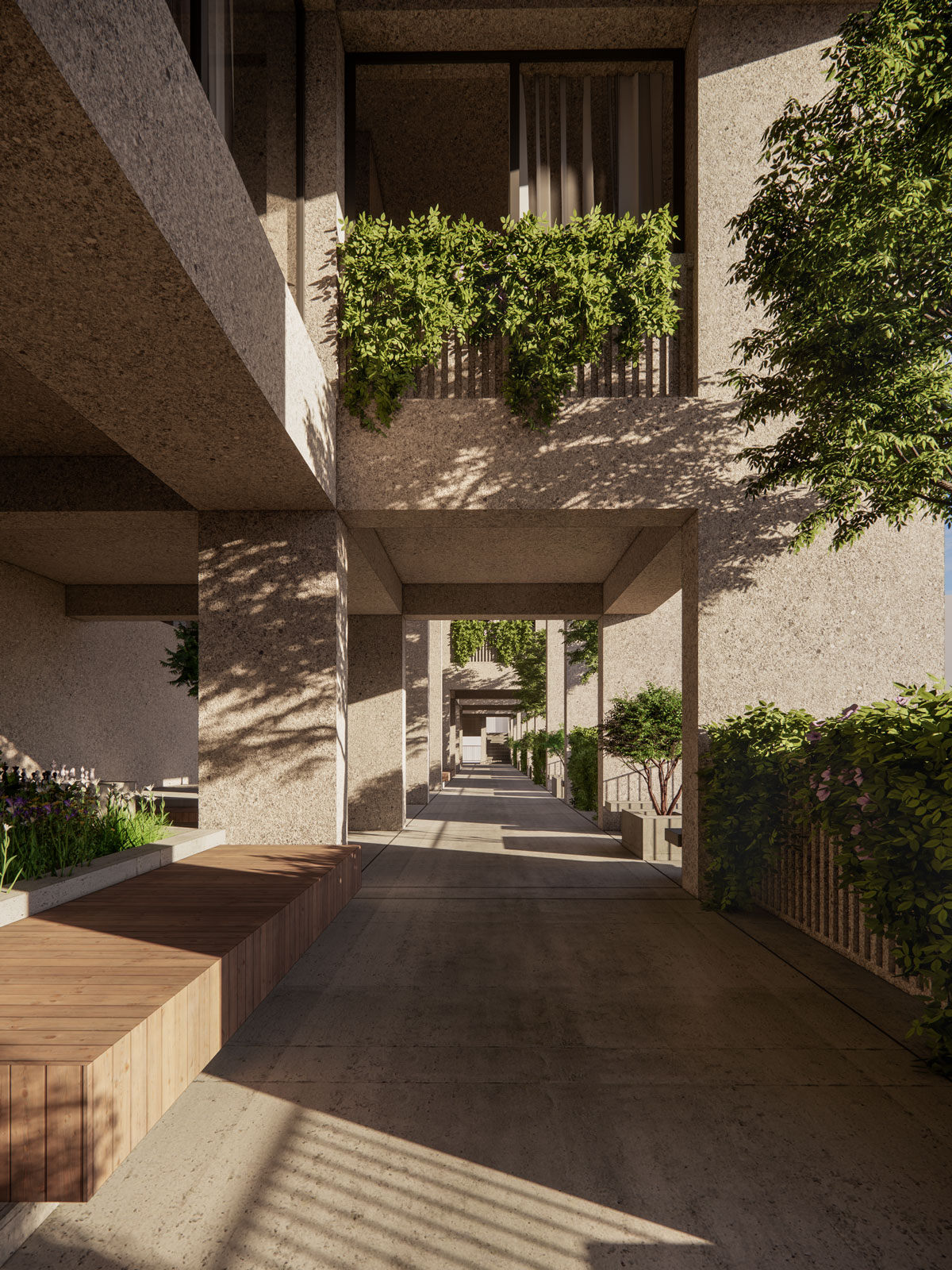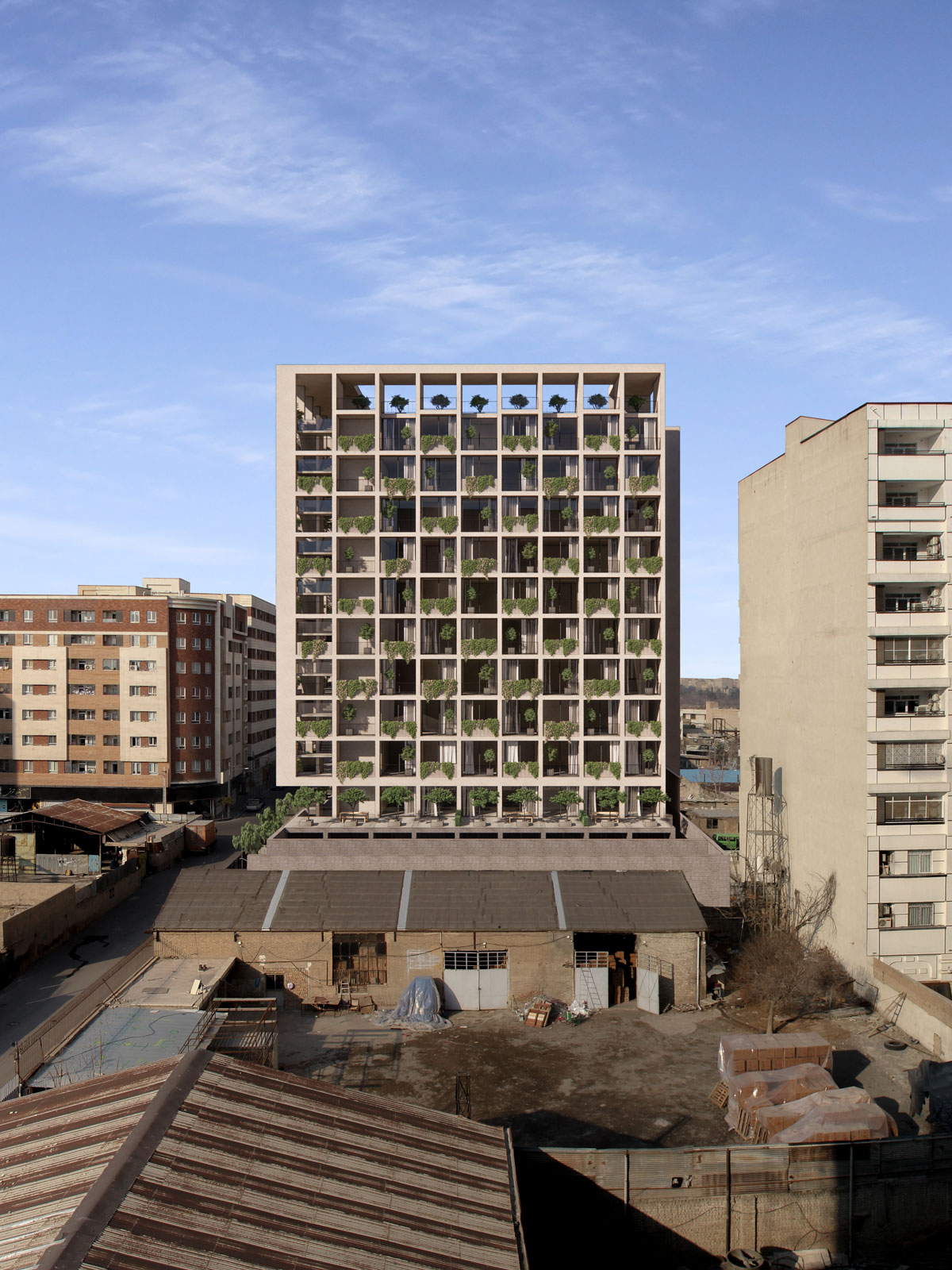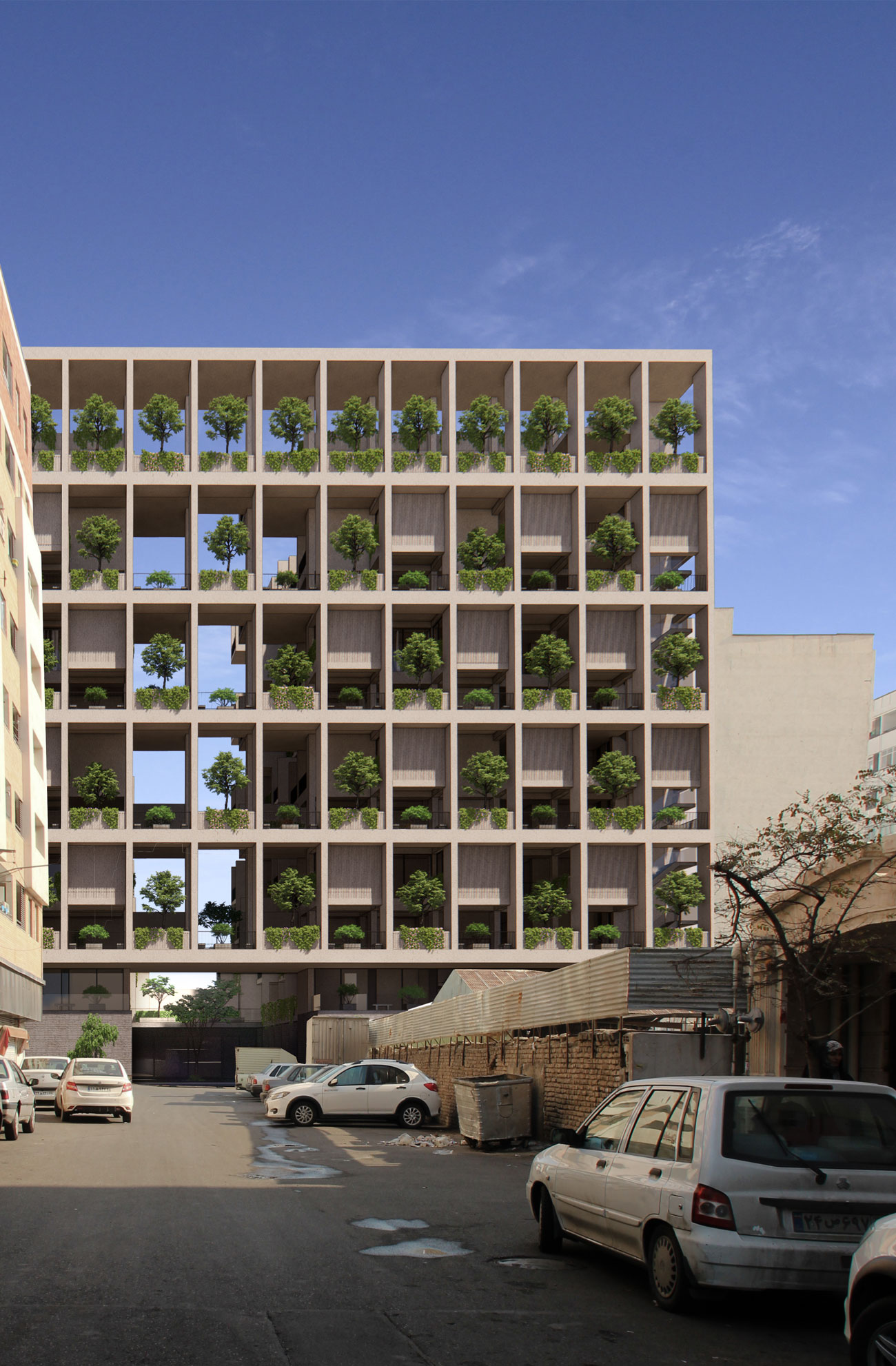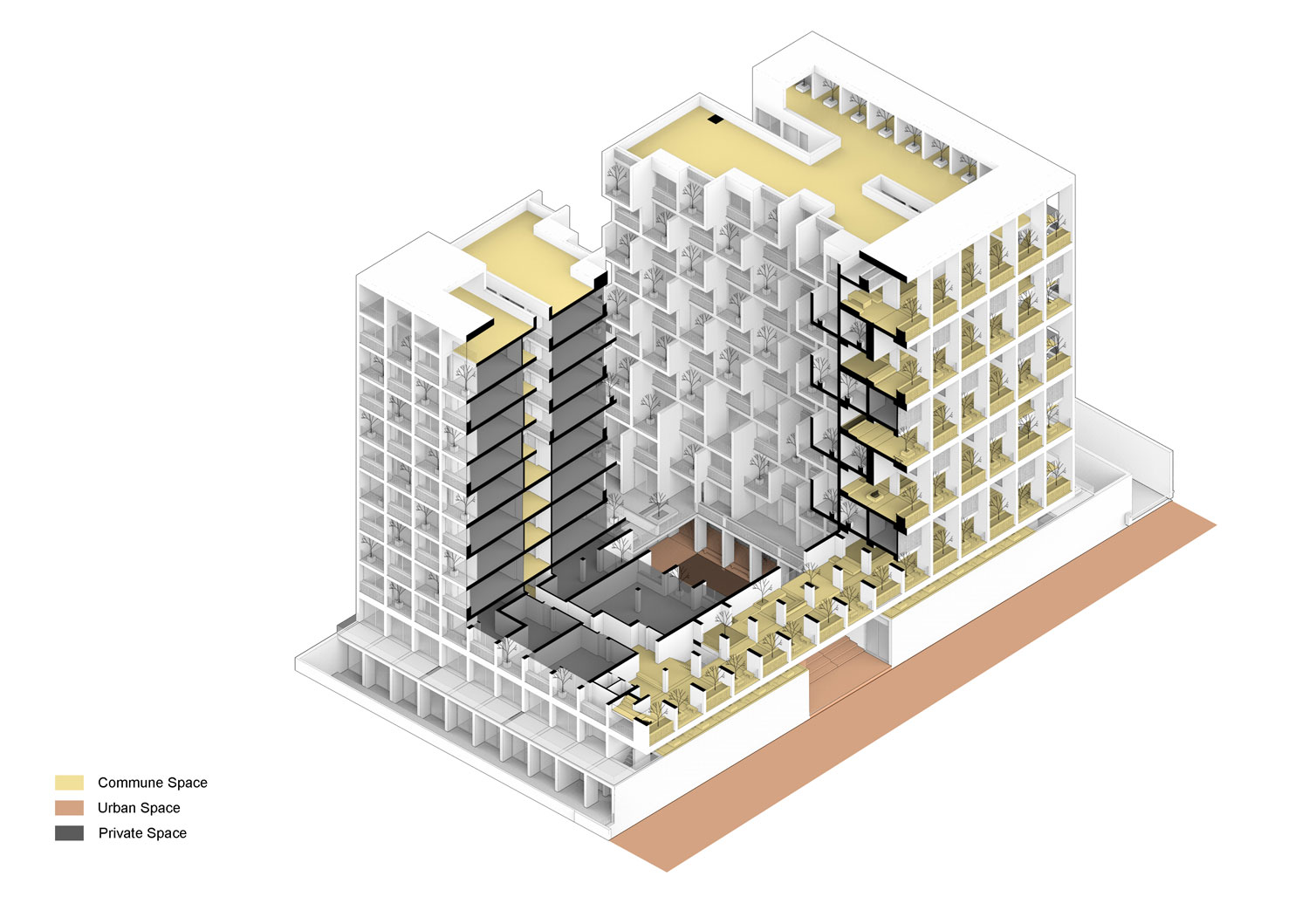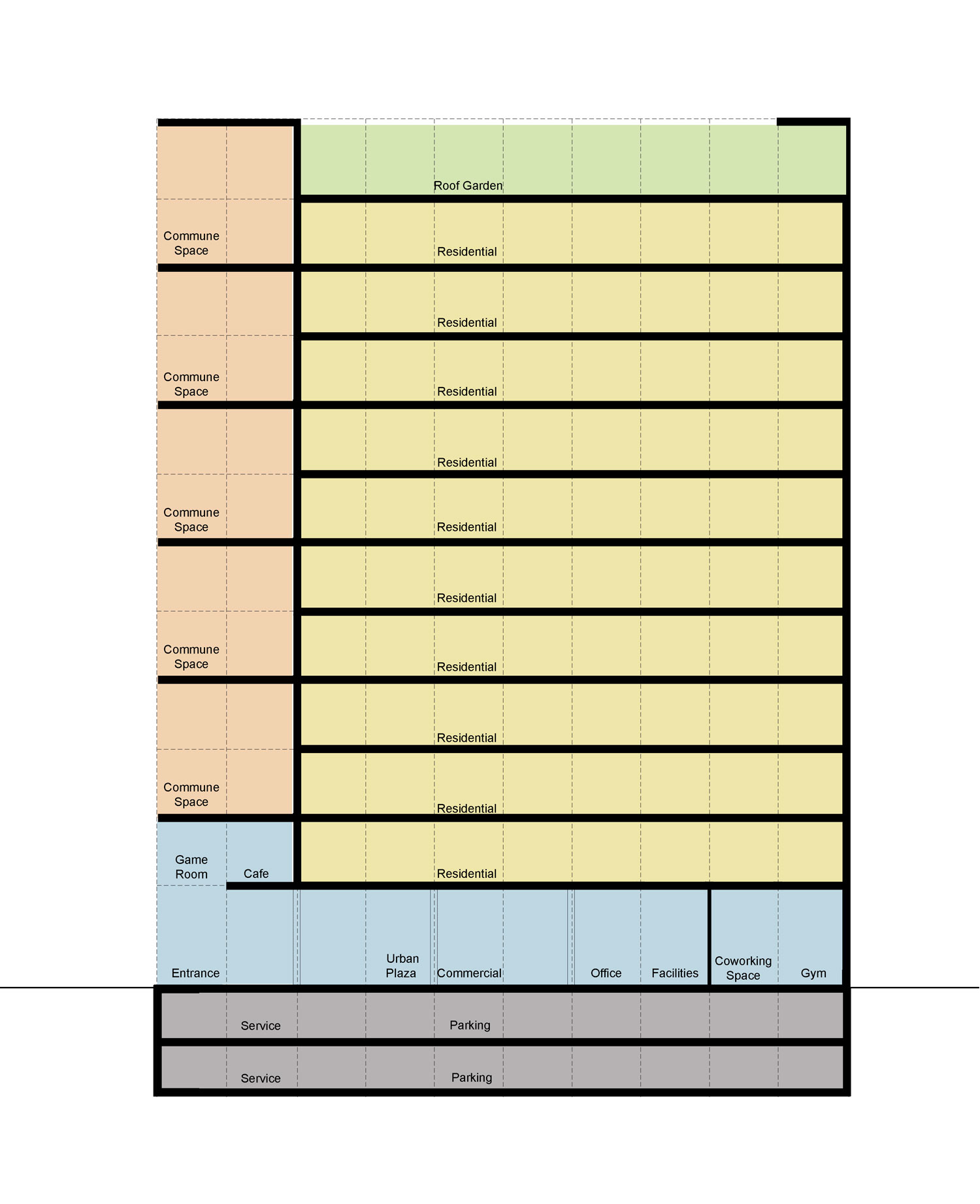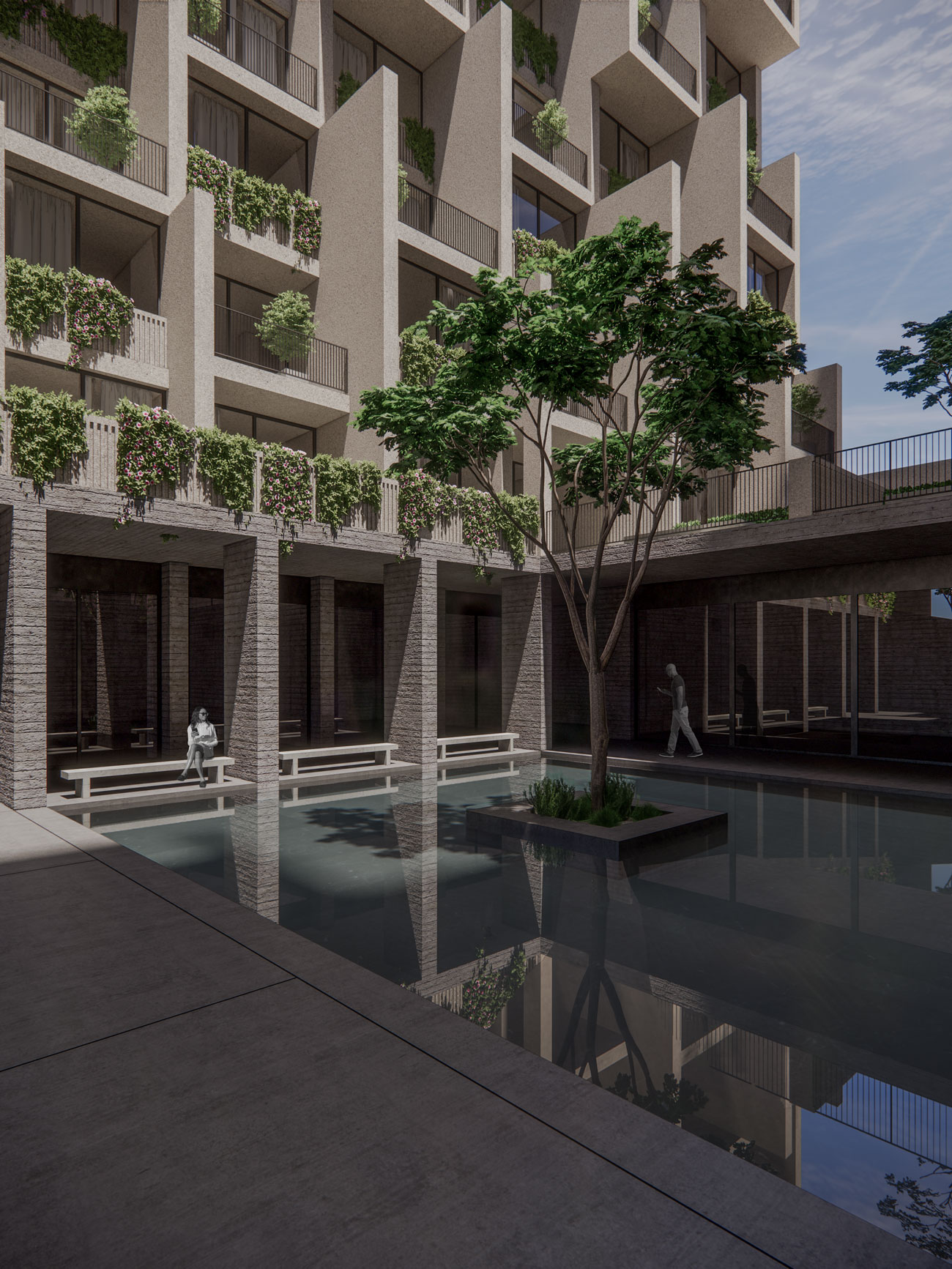Residential complexes are a mixture of complexities and intermingling of individual and collective areas, public and private spaces, home and city. The intermingling of opposing and sometimes homogeneous concepts. In the contemporary world, especially in Iran today, deep and significant changes have taken place in the political, economic, social, and other areas over the past few decades. As a result, the need for fundamental changes in the structure and appearance of cities is inevitable. Therefore, today we need to understand the concept of the city as a space where our collective life takes place, and in dealing with any matter, however small, we must be aware of its impact on this macro structure. Although housing construction has been the most important economic area in our country over the past five decades, the huge financial, human, environmental, etc. capital invested in building small and large apartments has not been able to provide an appropriate response to contemporary human life and has only increased congestion and chaos in our cities. Unfortunately, the results of this area, both in the public sector, such as Mehr housing, and in the private sector (which has changed the shape of our cities today), have no proportion to the cost incurred by this society and country. Our best examples in connection with this medium and large-scale housing are still projects such as Ekbatan, A.A.S.P., and Saman, all belonging to a time when a home had not yet become a mere commodity for investment. This project is an exercise in organizing life in a residential complex with all its complexities, where perhaps people are trying to escape from renting in a corner of Greater Tehran with all their capital and at least create a space for their own lives. In this path, two important questions have been examined: first, how can we design small-scale homes ranging from forty-five to two hundred square meters in a fluid way that can provide flexible spaces with an acceptable share of quality for different users? A space that can be a suitable response to contemporary daily life. Second, how can a complex with more than one hundred residential units, in addition to services such as a lobby, housekeeping, sports facilities, etc. that have definite functions, create a space without any function that can be based on habit and can be a catalyst for events, a place that over time becomes an important part of the memories of this small community and can also provide a suitable space for social ties and collective actions of residents?
Today, finding a solution and overcoming this crisis requires time and high effort, but perhaps we should start with ourselves and now, in a corner of this city, alongside colorful, closed, and gray buildings, invite our neighbors and fellow citizens to a little more dignity and tranquility and by avoiding clichéd architecture, devote our energy to creating more complexities and producing unique spaces for the lives of residents and beneficiaries of this complex.

